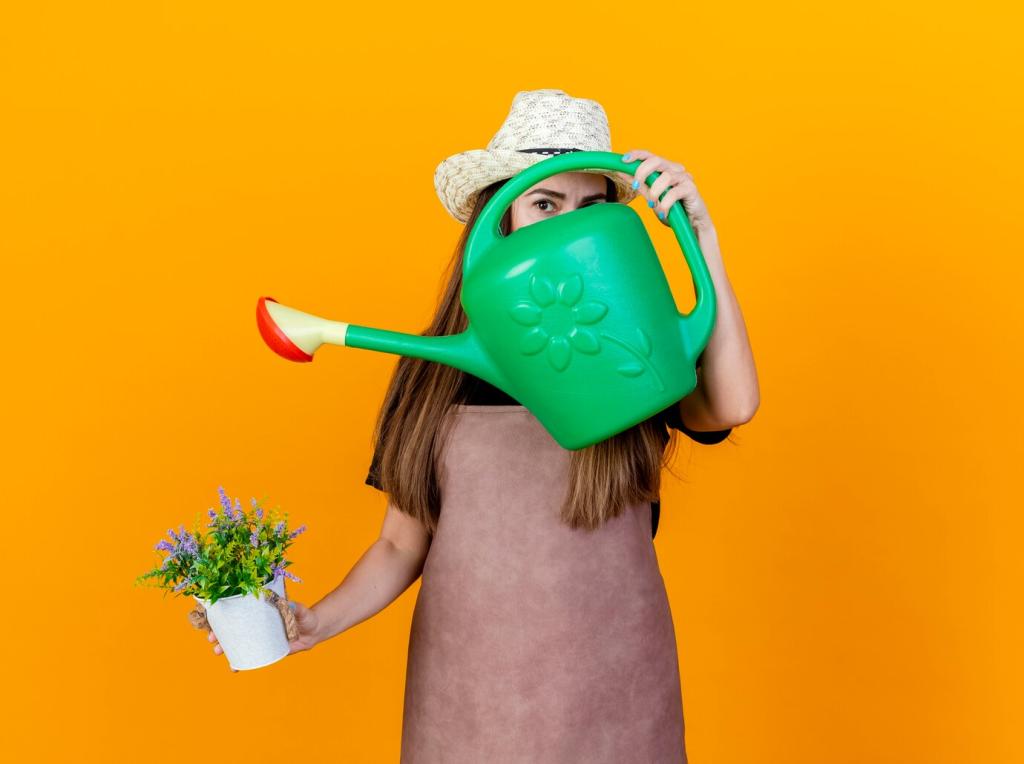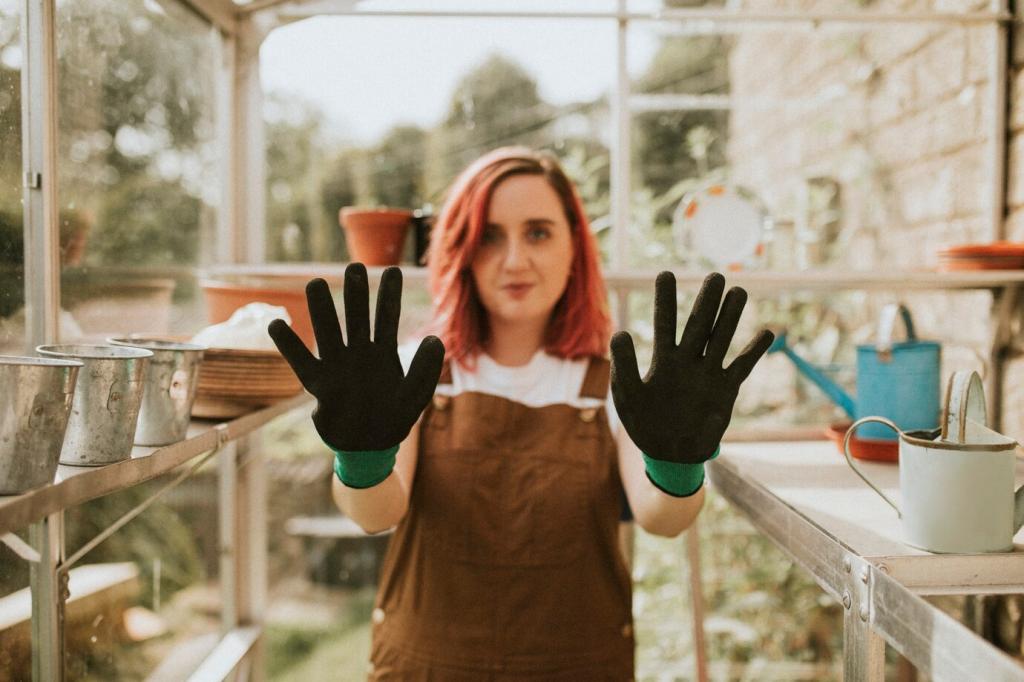
Beginner's Guide to Creative Plant Arrangements
Whether you’re stepping into the world of indoor gardening or simply looking to infuse your space with a bit more green, creative plant arrangements offer endless possibilities for beauty and self-expression. This beginner’s guide is designed to gently introduce you to the art and joy of arranging plants in unique, visually appealing ways. You’ll discover foundational basics, delve into color and texture, learn valuable placement strategies, and find out how to maintain your living masterpieces—all while unleashing your own creativity as you go.

Choosing the Right Plants
Selecting plants suited to your skills and your living environment is at the heart of successful arrangements. Consider your available light, humidity, and how much attention you can give. Beginners often do well with succulents, pothos, or snake plants, which require minimal care but provide maximum impact. Looking at the shapes, sizes, and growth habits of plants sets the stage for an arrangement that brings life and movement to your chosen space. By taking these elements into account, you create a display that is visually captivating while requiring only as much effort as you’re ready to invest.

Understanding Containers and Their Impact
Your choice of container plays a significant role in both the health of your plants and the overall visual appeal of your arrangement. From ceramic pots to repurposed jars or modern planters, the container sets the tone and complements your interior design. Drainage, size, depth, and material all influence whether your plants will flourish. Thinking creatively about containers can turn even the simplest grouping of greenery into a stunning focal point that reflects your personal taste and creativity. Remember, the best arrangement marries plant health with aesthetic harmony.
Playing with Colors, Textures, and Forms
Color Combinations for Beginners
Cultivating a visually striking plant arrangement often starts with exploring color. Beginners can experiment by grouping plants with similar or contrasting hues, such as pairing cool blue-greens with rich purples or warm yellows. Variegated leaves provide natural patterning, creating subtle interest without extra work. Understanding how leaf and flower colors interact with your room’s palette allows your arrangements to seamlessly blend in or stand out as statement pieces. Over time, you’ll develop an intuition for color selection that reflects your personal style and enhances any space.
Texture: Mixing Leaf Shapes and Surfaces
The texture of a plant’s foliage adds dimension and tactile interest to your arrangement. Broad, glossy leaves, feathery ferns, and the spiky edges of succulents make each display come alive. By intentionally combining diverse textures, you invite both visual and physical exploration—arrangements feel inviting and dynamic, encouraging a closer look. As you hone your skills, you’ll notice how differing leaf surfaces catch light at various angles, enriching the overall aesthetic and making your container garden look lush and thoughtfully curated.
Playing with Plant Height and Shape
Arranging plants of different heights and shapes gives structure and flow to your display. Tall, upright species create background drama, trailing vines add softness and movement, while compact, rounded specimens provide a grounding effect. Thoughtful placement of these varying forms guides the eye throughout the arrangement and helps showcase each plant’s individual beauty. As you experiment, you’ll develop an appreciation for balancing focal points and supporting elements, ensuring your arrangements remain fresh and engaging.
Creating Eye-Catching Centerpieces
Transforming plants into centerpieces brings freshness to dining tables, sideboards, or coffee tables. A well-designed centerpiece draws attention without obstructing views or disrupting conversation. Beginners can start with a single, dramatic plant or a cluster of small pots in harmoniously matched containers. Layering heights and textures ensures visual interest from every angle, while careful selection of vessels and platforms integrates your creation seamlessly into the surrounding decor. With a few simple techniques, any surface can become the focus of natural beauty.
Making the Most of Vertical Space
In homes where space is at a premium, leveraging vertical surfaces opens up new realms for plant display. Wall-mounted planters, hanging pots, and tiered plant stands enable you to build lush, green vistas that rise above the usual clutter. These arrangements create a striking visual statement, drawing the eye upward and making rooms feel larger. As you develop your vertical displays, balance safety, accessibility, and light needs to ensure plants both look beautiful and remain healthy over time.
Arranging for Light and Environmental Factors
Ensuring your arrangement receives the correct light is crucial for plant health and longevity. Whether you have a sunny sill, a shaded nook, or a brightly lit office, matching plant species to those specific conditions prevents disappointment and encourages robust growth. Consider heat, drafts, and humidity when deciding on placement. By observing how your plants respond and occasionally rotating them to even out light exposure, you ensure they stay vibrant and each arrangement continues to thrive.
